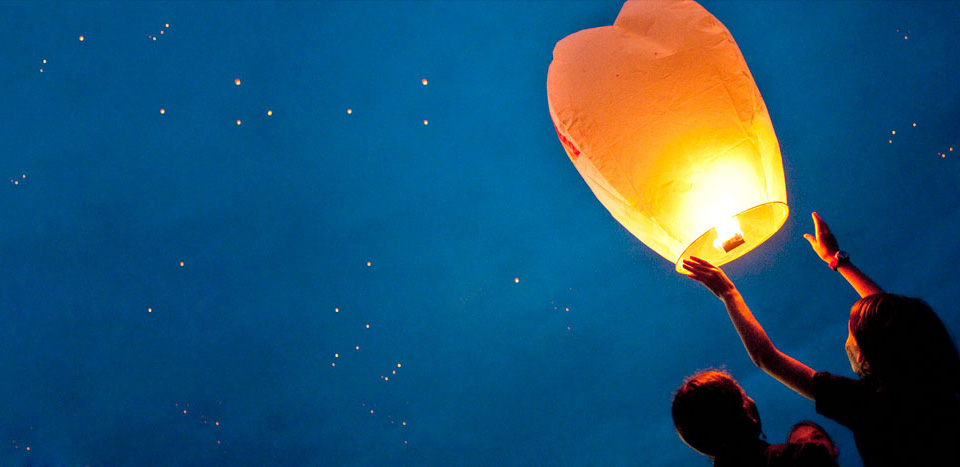
Two further Scottish councils have now confirmed a ban on sky lanterns and helium balloons, following calls from concerned farmers.
At the end of October, NFU Scotland wrote to the 24 local authorities in Scotland which had yet to put a ban in place. It called for councillors to consider the untold damage sky lanterns can cause.
And since then, the union has received a response from councillors from nine local authorities – two of which, Inverclyde Council and Fife Council, have now put a ban in place.
Edinburgh City Council is expected to discuss motions put forward by two of its councillors; whilst West Lothian Council is putting together a policy to go to Full Council in the New Year.
These councils join eight other Scottish local authorities - Aberdeen City, Aberdeenshire, Angus, Falkirk, Highland, Perth and Kinross and Shetland Islands, Orkney Islands - which have already banned the release of sky lanterns and/or helium balloons.
'We welcome the bans'
The lanterns, which are constructed from paper with a wire or wooden frame and contain a lighted candle, are a proven fire risk and can be a danger to animals.
They pose a fire hazard to standing crops, stacks of hay and straw, woodland and farm buildings. If they land within crops grown to feed livestock, the frames risk being ingested causing great harm to livestock.
However, there are still 20 councils in Scotland which have yet to take appropriate action, and the Union is urging them to get on board and follow suit in putting in place a ban to protect our countryside.
Twenty five councils in England have already banned sky lanterns, and the majority of Wales’ 22 local authorities.
NFU Scotland President Allan Bowie, commented: "We welcome the bans that have been put in place by Inverclyde Council and Fife Council in recent weeks and thank the councillors for taking this forward following our correspondence.
"However, there is still a lot of work to do yet, as 20 other authorities have yet to consider to do so. Sky lanterns are seemingly innocent devices, and are beautiful to look at, but they can cause untold damage as there is no control over where these burning structures of paper, metal and wood decide to land.
"Across the UK, there have been many reports now of fires started by lanterns and harm to the health of livestock when lanterns have landed in farmers’ fields and been eaten. There is a further risk to stock when grass is cut and ensiled for winter feed, and the wire is chopped up and subsequently contained in hay or silage.
"We applaud the action already taken against sky lanterns by the 12 Scottish local authorities in Scotland and we urge other councils to take their responsibilities as seriously. We also ask members of the public to avoid the use of lanterns, and to understand the risks that these can pose and call on the councils who haven’t put bans in place to consider doing so."
'A mass landing of 28 sky lanterns'
Beef and arable farming couple Tony and Sue Robinson from Coolham, West Sussex experienced a mass landing of 28 sky lanterns on their farm in 2013 and are urging people not to release them.
They believe they were lucky to escape a fire, given many sky lanterns had landed alight, scorching the ground around them.
Sue Robinson said: “All we want is for people to be aware of what could happen and we hope we will dissuade people from releasing sky lanterns. If this had happened three weeks earlier, during the dry weather, we could have had a major fire here as many lanterns landed in fields that were earlier growing corn.
“By the burn marks, many were still alight on landing. One landed yards from our supplies of winter straw and feed for the cattle.”
